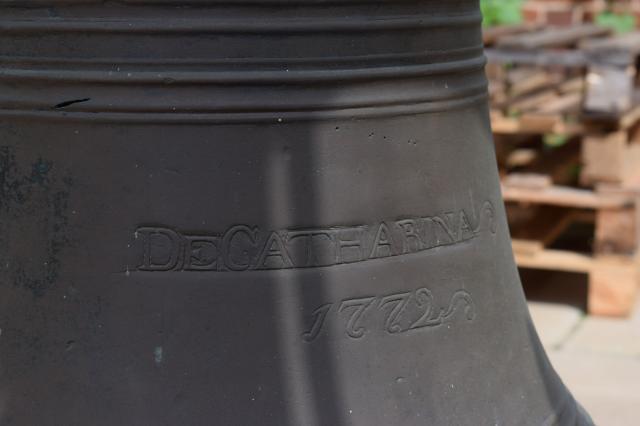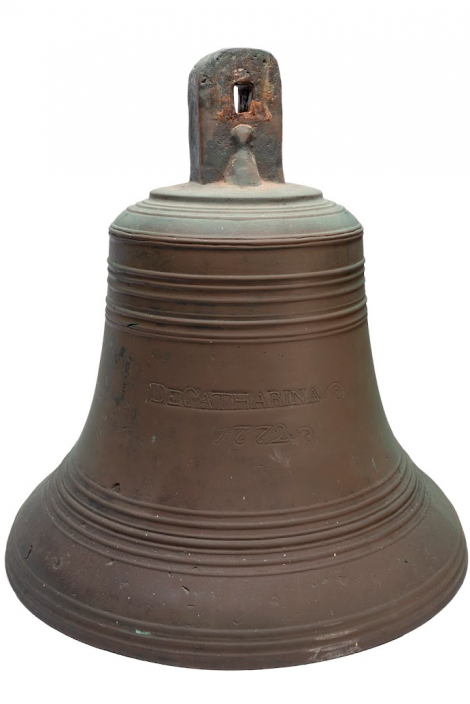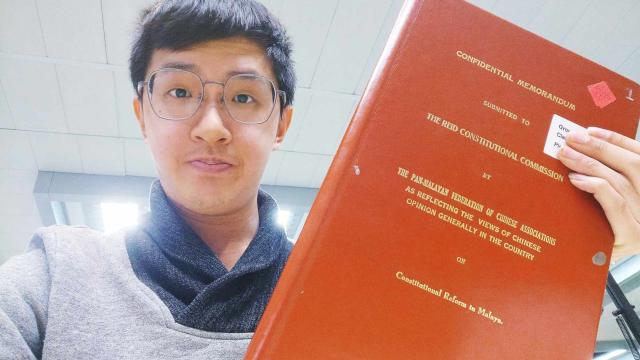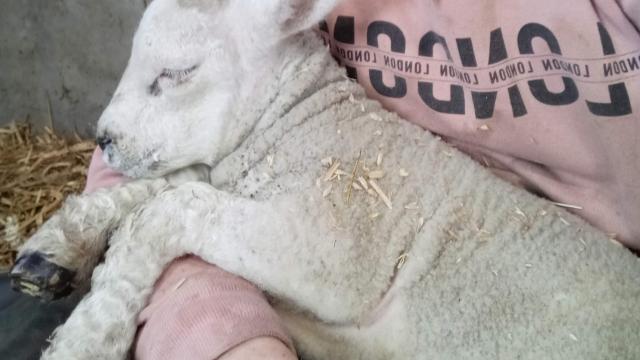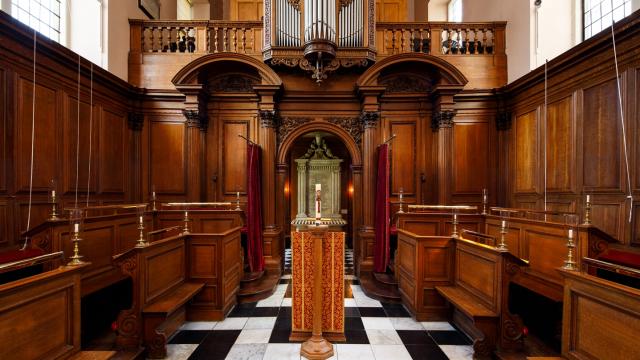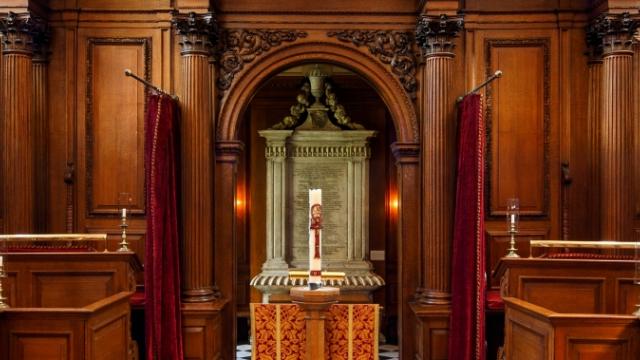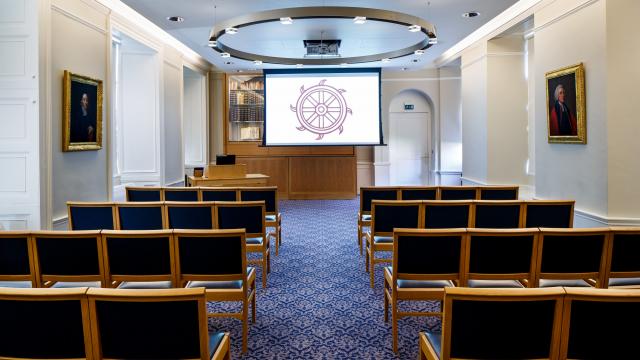
A plantation bell that was on display at St Catharine’s until 2019 has been returned to Guyana and is now owned by the National Museum in Georgetown, the country’s capital.
The bell was given to St Catharine’s in 1960 by an alumnus who chose to transport it to the College after finding it in the Demerara River, Guyana. Inscribed ‘De Catharina 1772’, it was later hung above the walkway between the College’s Main Court and Sherlock Court. There is no historical connection between the College and the bell before its presentation by a former student.
In 2019, the Master, Fellows and students of St Catharine’s decided to move the bell from its prominent position, once it was confirmed to have originated from a plantation worked by enslaved people. The site in Guyana where the bell was found is adjacent to the historical location of the De Catharina sugar plantation during the Dutch colonial period. The principal use of such bells was to control the work cycles of enslaved men, women and children.
With the agreement of the St Catharine’s Governing Body, the College began negotiations to return the bell to Guyana, and was pleased to receive supportive responses from both the Guyanese High Commissioner and the National Museum.
Sir John Benger (1979, English), Master of St Catharine’s, commented:
“As an alumnus, I fully supported the College’s decision in 2019 to remove the bell and be transparent about the bell’s history and associations with slavery. We’ve planned carefully for its return to Guyana in consultation with our counterparts at the Guyana National Museum – it has been important to wait until the Museum told us the time was right for their team rather than impose an unnecessary deadline.”
Guyana recently observed the 200th anniversary of the 1823 Demerara rebellion, which has initiated discussions about how the story of slavery has been told. These observances continue until August 2024 so the bell has arrived in time to be included as part of an exhibit at the Guyana National Museum about the country’s experiences of slavery and colonisation.
In parallel with finalising arrangements for its return to Guyana, and with the Governing Body’s permission, the bell was displayed as part of two major exhibitions to support honest discussion and reflection on the legacies of enslavement:
- Slavery – an exhibition examining the stories of enslaved people and slave owners in the Dutch colonial period, which was held at the Rijksmuseum, the Dutch national museum for art and history in Amsterdam, between May and August 2021.
- Black Atlantic: Power, People, Resistance – an exhibition by the Fitzwilliam Museum in Cambridge, which ran from September 2023 until January 2024 when the bell was among the historical pieces exhibited in dialogue with works by modern and contemporary Black artists.
The bell was transported from the Fitzwilliam Museum and arrived in Guyana in February 2024.
Rachael Oloyede-Oyeyemi, a second-year English undergraduate and Racial Equalities Officer on the JCR Committee at St Catharine's, said:
“As a Black student, I am deeply aware of the repercussions of enslavement and colonialism in the world today. I am pleased by the College's decision to return the bell to where it belongs. After seeing the bell as part of the Fitzwilliam Museum’s exhibition, I was glad it was being used to educate visitors on colonial history, but I felt conflicted by its presence in Cambridge. The act of return is a small but important acknowledgement of historical injustices and helps foster an environment of respect and equity within the Cambridge community.”
Dr Colin Higgins (2018), Librarian and Custodian of Art at St Catharine’s, added:
“On behalf of the St Catharine’s community, I want to thank the curatorial teams at the Fitzwilliam Museum and Rijksmuseum for the creativity and care taken with displaying the bell. While our focus has been on the safe return of the bell to the National Museum in Guyana, these two major exhibitions have enabled modern day audiences to engage meaningfully with slavery and its contemporary legacies.”
